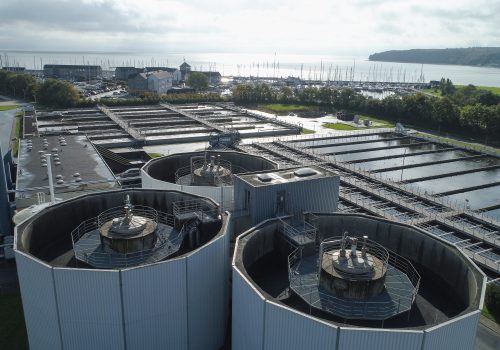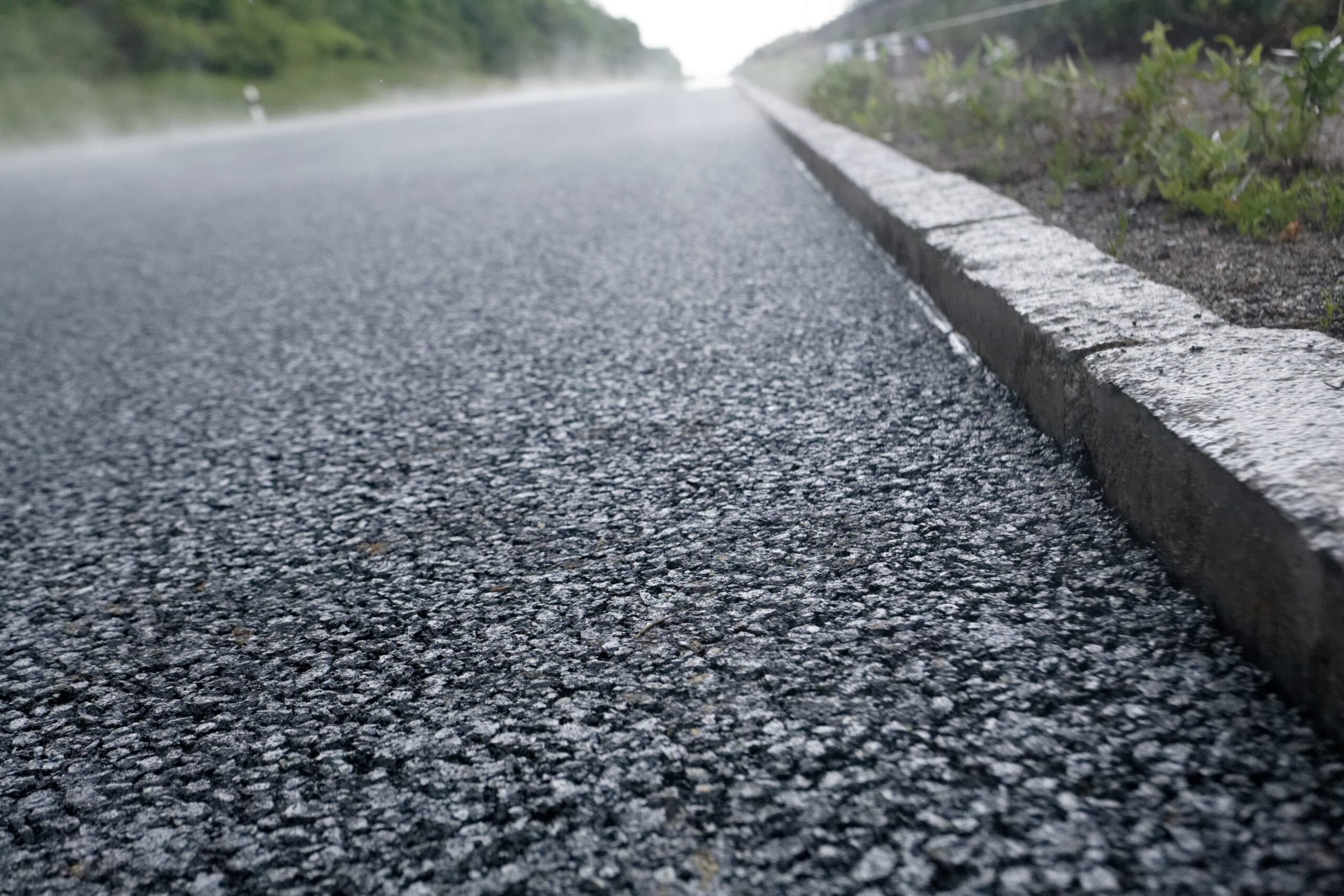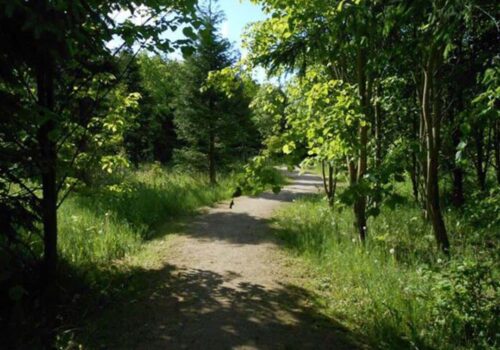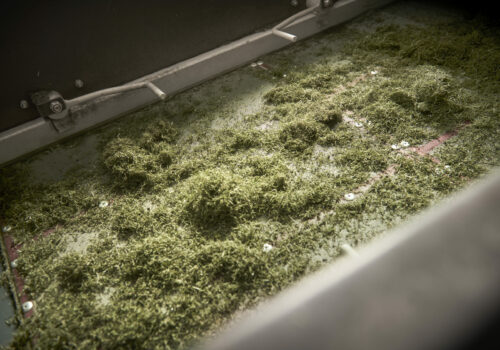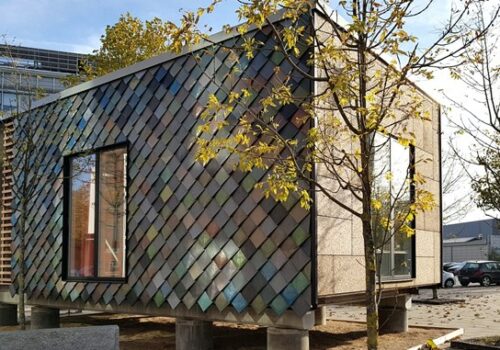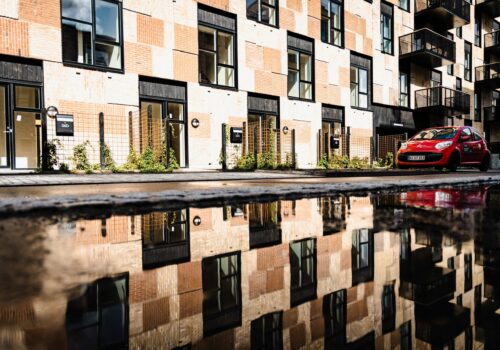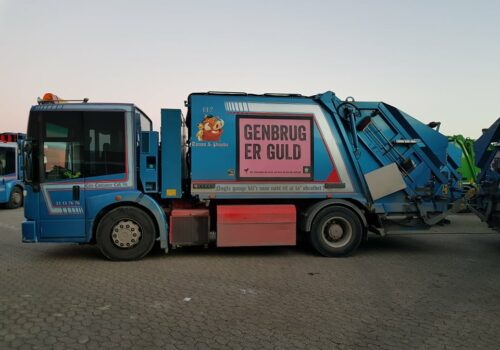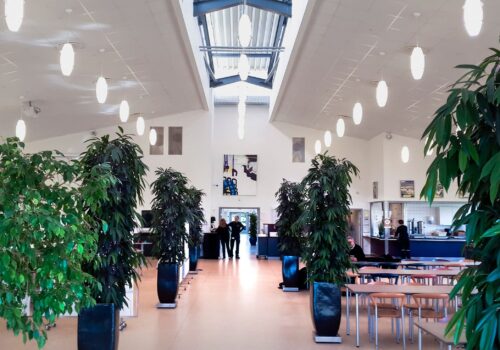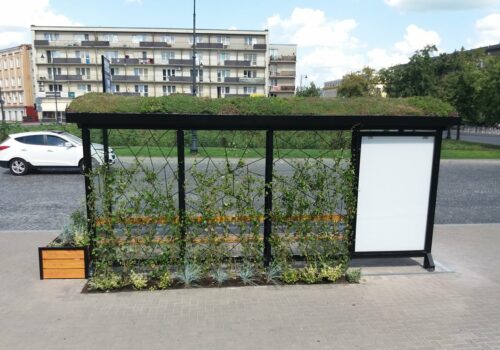The challenge
Resource extraction, production and consumption come with high CO2e emissions. This applies to products, materials and even water. Consequently, products and resources should be kept in circulation for as long as possible through reuse or recycling.
A transition to a circular economy can provide CO2e reductions extending far beyond single sectors and national borders. By looping resources through reuse and recycling, the CO2e emissions associated with extraction, production and use of ...
Resource extraction, production and consumption come with high CO2e emissions. This applies to products, materials and even water. Consequently, products and resources should be kept in circulation for as long as possible through reuse or recycling.
A transition to a circular economy can provide CO2e reductions extending far beyond single sectors and national borders. By looping resources through reuse and recycling, the CO2e emissions associated with extraction, production and use of resources are reduced.
Some of the challenges when transforming to a circular economy are a lack of competitive, high-quality recycled materials, lack of standards and knowledge about the content and quality of used products and recycled materials. It is essential we alter our consumption patterns and stimulate demand for circular solutions.
Globally, the water sector accounts for 2-4 per cent of the world’s total electricity consumption and this amount will increase as more water is treated throughout the world. Energy-efficient technologies and a focus on CO2e reductions can reduce this number significantly. Direct emissions of methane and nitrous oxides from the water sector, especially related to wastewater treatment, are significant but can be reduced with new technology.
The potential
The overall vision of the climate partnership is for Denmark to be a world leader in circular economy by 2030. Denmark can lead the way to climate neutrality in 2050 and support exports of resource-efficient technology.
The water sector in Denmark has set a goal to become climate and energy neutral by 2030. In the waste sector, the goal is to recycle 90 per cent of all waste by 2030. Within circular economy, the potential for reducing CO2e emissions is great. For Denmark, converting to...
The overall vision of the climate partnership is for Denmark to be a world leader in circular economy by 2030. Denmark can lead the way to climate neutrality in 2050 and support exports of resource-efficient technology.
The water sector in Denmark has set a goal to become climate and energy neutral by 2030. In the waste sector, the goal is to recycle 90 per cent of all waste by 2030. Within circular economy, the potential for reducing CO2e emissions is great. For Denmark, converting to a circular economy is estimated to result in a reduction of approximately 7-9 million tonnes of CO2e in 2030 globally.
Exports of Danish water technology and knowledge encompass considerable climate potential. If the European water sector was as energy efficient as Denmark’s is today, it would lead to an estimated CO2e reductions of 1.7 million tonnes and extrapolated up to 30 million tonnes globally in 2030. A global energy and climate neutral water sector will result in sizable CO2e reductions worldwide.
Recommendations
- Longer product life and increased reuse: Introduce circular design criteria
into EU product policy, demand green and circular solutions through public
procurement and increase access and incentive for repair and use of recycled
models - Increased use of recycled materials: Create an efficient market for recycled
materials using globally recognised standards for secondary materials. Standards create a level playing field and create confidence amongst users
and consumers - Circular business models: Green Public Procurement should be a driving force for the transition to circular business models and solutions. The focus of
public procurement should not only be on the acquisition price, but also total
costs and entire value chains - Change to new materials: A shift to bio-based materials and substitution of unwanted chemicals where relevant requires research into and development
of methods in the field of circular bioeconomy as well as strategies for sustainable use of chemicals - Reduced wastage: European and national strategies for waste reduction should present targets, tools and incentives to reduce waste from both households and companies
- Increased and improved recycling of waste
- Degassing from landfill
- CO2e reduction from biogas plants
- Phase out composting
- Reduction of direct greenhouse gas emissions in the wastewater sector
- Increased energy efficiency in the water and wastewater sector
- Avoid rainwater and unauthorised water in the wastewater system
- Increased energy production via biogas and heat pumps
- Export efficient water technology to achieve global impact
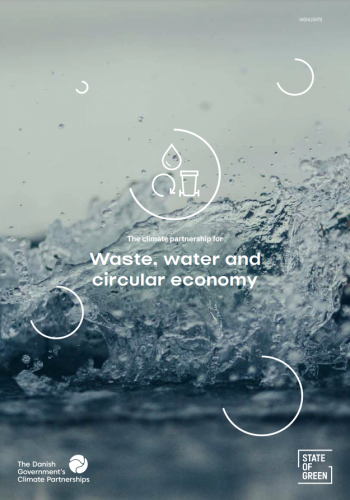
The Climate Partnership for Waste, Water and Circular Economy
Want to learn more about the climate partnership and explore the government and industry recommendations more in-depth? Fill in your information below and download the highlights
Cases
Contact
Confederation of Danish Industry
Iben Kinch Sohn
[email protected]
About the partnership
Chairman
Camilla Haustrup Hermansen, Deputy CEO, Plus Pack
Vice chairmen
Henrik Grand Petersen, CEO, Stena Recycling
Ole Fritz Adeler, CEO, Envidan
Private partners
- Confederation of Danish Industry
- Danish waste & resource industry
- DI Water
- DAKOFA
- Danish Waste Association
- Danish Chamber of Commerce
- Danish Environmental Technology Association
- Association of Danish Water Supply
- DANVA – Danish Water and Wastewater Association
- Danish Construction Federation
- Danish Plastics Federation
- Danish Agriculture & Food Council
- Local Government Denmark (KL)
Public partners
- Ministry of Environment

